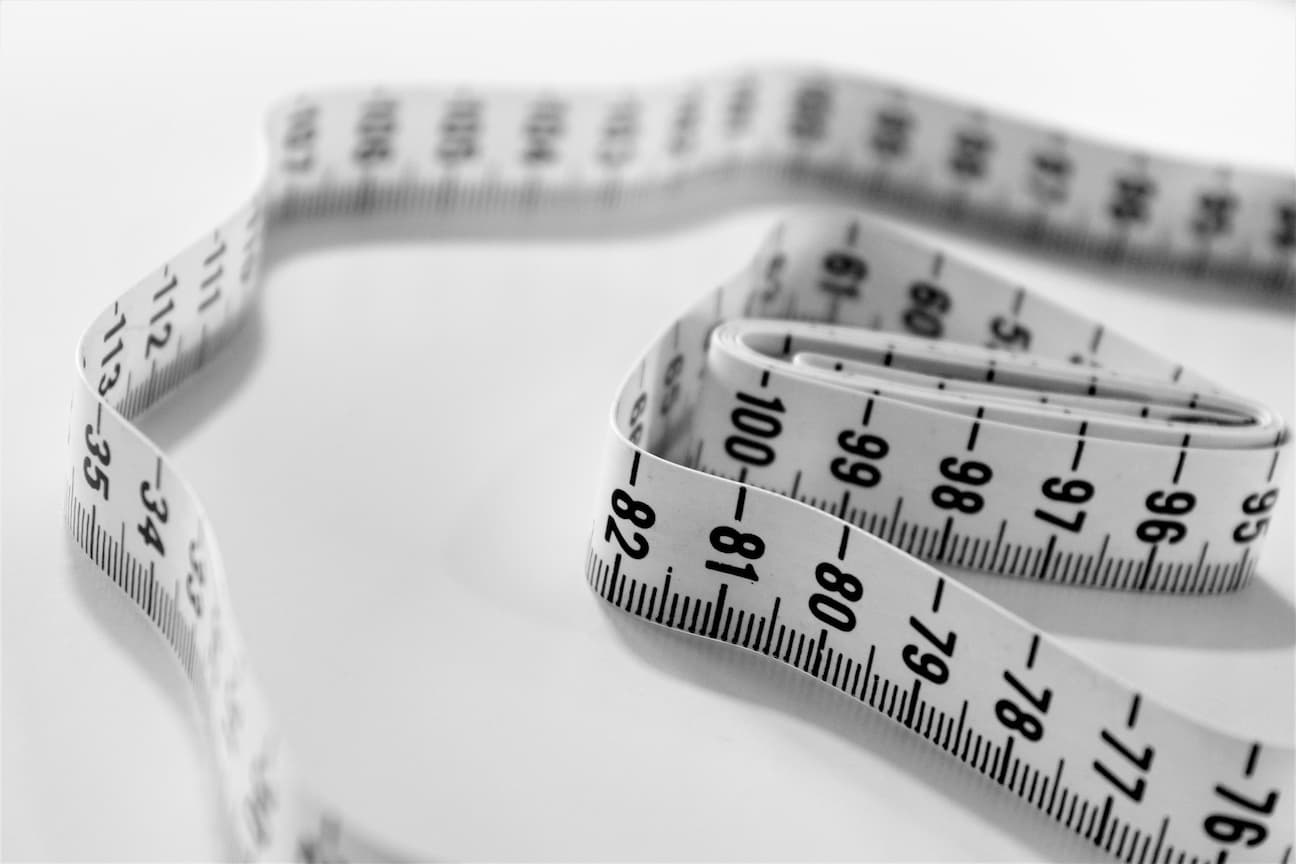July 20, 2023
CSS Units and How to Use Them
Justin Golden

CSS Units You Need to Know
Unit: px - Pixels
Definition: Each px is a pixel on the user’s screen. It’s quite simple and the most common unit. Not a bad option, but personally, using rem for most measurements is probably best (read on below).
Use case: Almost anything. Font sizes, buttons, divs, sections, you name it
Example: height: 32px
Unit: em - Em
Definition: 1 em is supposed to be the width of a letter “M.” However, this is unit doesn’t change based on your selected font size or family. em defaults to 16px but scales based on the parent’s font size.
For example, if you set the parent’s font size to 20px, and an element inside is set to 1.2em, then the child element will be 1.2 x 20px, so 12px. This compounds, so if there are multiple elements inside each other that all use em, they will all multiply. It’s for this reason that I recommend using rem instead of em (read below).
See Kevin Powell’s video on the difference between rem and em
Use case: Sometimes used for typography, spacing around type, type inside cards or buttons. Recommend using rem instead.
Example: height: 2em
Unit: rem - Rem
Definition: 1 rem is a “root em” (some say “relative em”). This unit was designed to fix the problems with em units compounding. rem only cares about the “root” font size (the <html> element).
rem are also better than px beecause they adapt to the user’s system and browser preferences. For example, a user could change the zoom on their device, and px would not adapt, but rem would.
1rem defaults to 16px (same as em), which most developers can get used to, and also lends itself towards making a nice grid system in units of 4px/16px, such as: 0.25rem, 0.5rem, 0.75rem, 1rem, 1.5rem, 2rem, 3rem, 4rem, 6rem. Use only these values and you’ll have a nice consistent grid.
If you want to change to count in another system (for example, 10px), so you can easily just set the pixel value but still get all of the benefits of uding rem, then you can either do:
html { font-size: 10px; }
or
html { font-size: 62.5%; }
Use case: Use almost everywhere in my opinion. Either use px or rem as your units for 90% of use cases. Only use specific other units (viewport units, percentages, ch) for specific use cases.
Example: height: 2rem
Unit: % - Percent
Definition: Each % is a percentage of its parent. For example, an element with width: 80% will have a width 80% of the size of its parent’s width. If the parent’s width decreases or increases, so will the child’s.
Use case: Useful in certain layouts. Consider also using flex or grid layouts, and setting the gap to a certain number of rem or px. Consider flex-wrap: wrap to automatically fit the right number of items on the page, or use a specific number of grid columns (eg. 3 columns: display: grid; grid-template-columns: repeat(3, minmax(0, 1fr));). Best used for width and height.
CSS Tricks Grid Guide CSS Tricks Flex Guide
Example: width: 80%
Unit: ch - Character
Definition: Each ch unit represents the width of a character. Specifically, it’s designed to be the width of a “o” in a font.
Use case: Usually, in typography, you want your body copy to be about 60-80 characters per line. You can use max-width: 75ch to set the maximum width of your blog post to approx 75 characters. This unit should really only be used for type, and other than setting max-width, shouldn’t really be used in my opinion.
Example: max-width: 75ch
Unit: vw, vh, vmin, vmax - Viewport Units
Definition: A vw is a “viewport width” unit, specifically, 1% of the viewport width. If a unit has width: 100vw, then its width is the exact same number of pixels as the current viewport (this is different from percent as percent cares about the parent element and viewport units care about the entire browser window viewport). vh is “viewport height” and uses the window’s height instead of width. vmin uses the minimum value of vw and vh, in other words, on smaller screens like phones, it will use the width, then it will increase to use the height and continue using the height. vmax is the maximum of vw and vh. These units are occasionally useful for placing elements or scaling them with the screen. I find myself using vw occasionally. vmin is a lot more useful than vmax in my experience, as it scales nicely so that it doesn’t get too small or too big.
Use case: A large element, maybe a modal or absolutely positioned element. Maybe used for a layout. Use sparingly and on larger elements. Could be used to set font-size to scale proportionally, but I’d recommend going with a type scale instead.
Example: width: 75vw
Min, Max, and Clamp
Although they aren’t units, they’re often used with units to do some black magic. min(), max(), and clamp() work how you’d think they work, and you can read about them on web.dev or CSSS Tricks, but I figured it was worth mentioning even though they aren’t technically “units.”
Example: width: min(50%, 400px); (at least 400px but not beyond half the parent’s size)
Useful Resources
More Blog Articles
